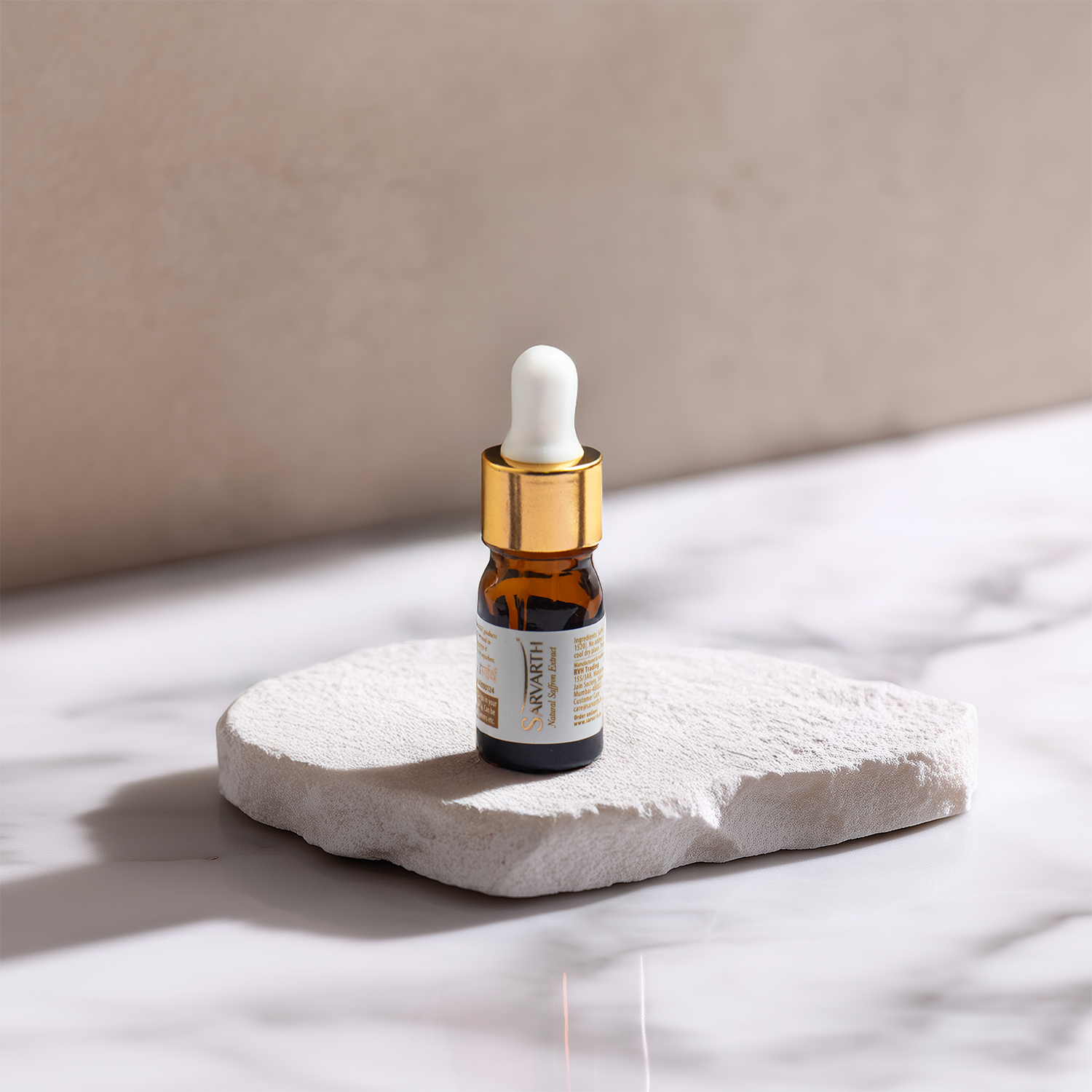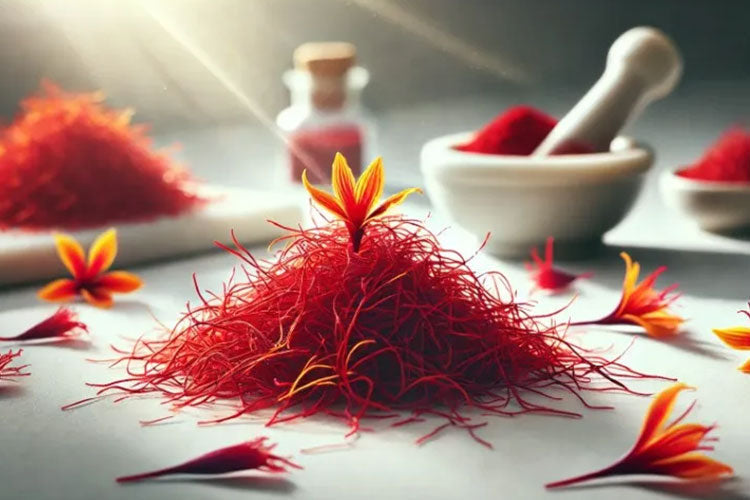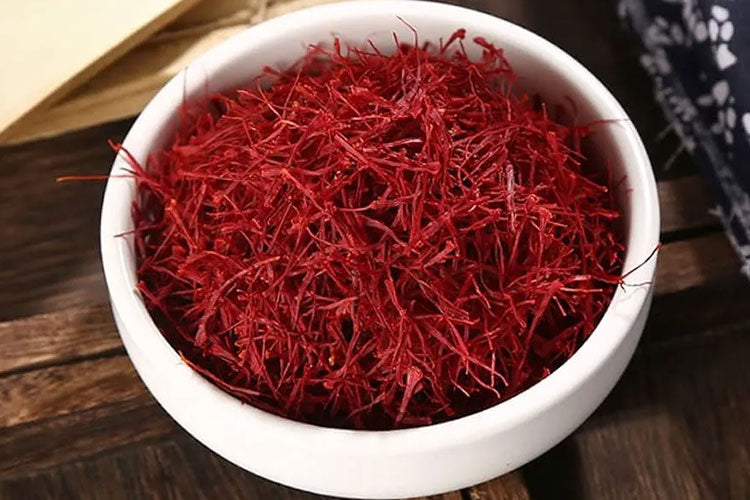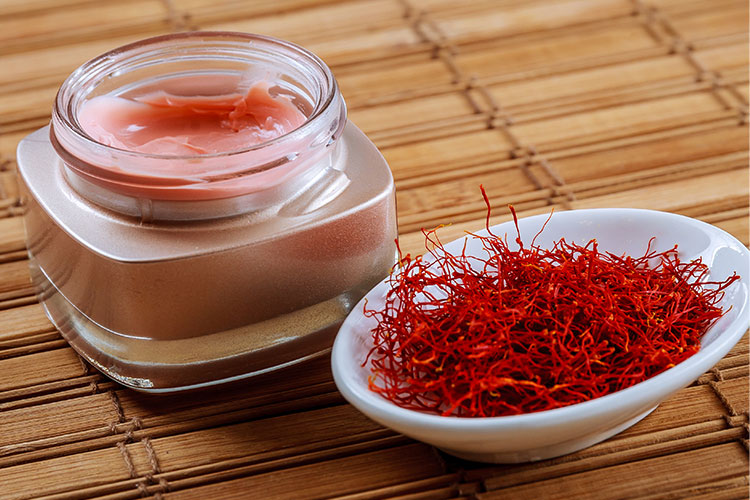Welcome to Sarvarth Saffron!
We offer saffron that’s as pure and authentic as it gets. Trust Sarvarth to bring premium quality into your life.
True Healthy Luxury Begins with Sarvarth Saffron.
Best Sellers
Saffron/Kesar Finest A++ Grade 100% Pure Original [0.25 GM Pack of 4]
Saffron/Kesar Finest A++ Grade 100% Pure Original [0.25 GM Pack of 4]
Saffron/Kesar Extract Finest A++ Grade 100% Pure Original
Saffron/Kesar Extract Finest A++ Grade 100% Pure Original
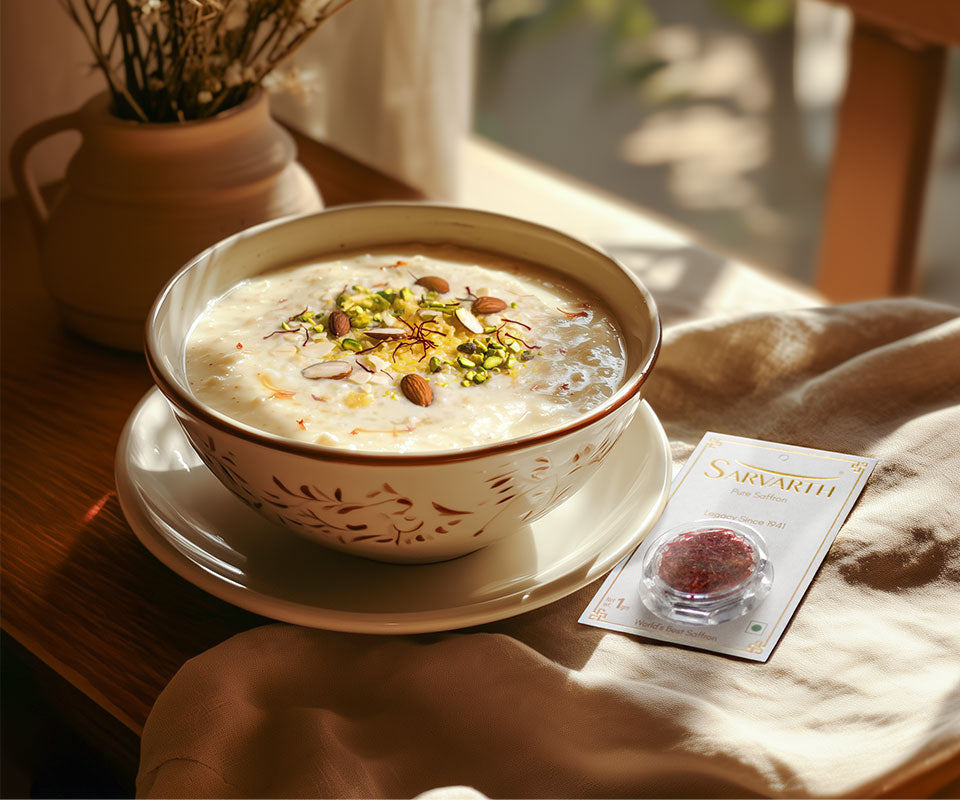
100% Organic, No Plastic, Just Purity.
Give Your Family the Luxury of Pure Saffron.
Treat your family to the luxury of pure saffron, a natural, rich addition to every meal, bringing authentic flavor and a touch of elegance to your table.
Vegan-Friendly
Low Sodium
Keto Approved
Paleo Friendly
Low Carb
Chemical-Free
No Added Sugar
No Cholesterol
Recipe Corner
Hear From Our Clients
The Advantages Our Collections Offer
Know Us More
Connect with Us on Instagram
Explore our latest updates through our Instagram feed in this gallery block.




![Saffron/Kesar Finest A++ Grade 100% Pure Original [0.25 GM Pack of 4]](http://sarvarth.in/cdn/shop/files/saffron0.25gm1.png?v=1749444357&width=1500)
![Saffron/Kesar Finest A++ Grade 100% Pure Original [0.25 GM Pack of 4]](http://sarvarth.in/cdn/shop/files/saffron0.25gm2.png?v=1749444357&width=1500)





